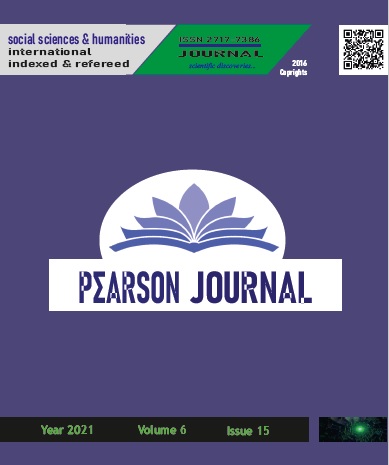RELATIONSHIP BETWEEN GENDER PATTERNS AND TOY SELECTION OF PARENTS OF CHILDREN AGED 3-8 LIVING IN ISTANBUL
DOI:
https://doi.org/10.46872/pj.330Keywords:
3-8 years old, gender stereotypes, toy selection, parent, childAbstract
The main purpose of this research is to examine the relationship between children and their parents' gender stereotype judgments and toy choices. The study is descriptive and relationship-seeking research using quantitative methods. The universe of the study is that of children aged 3-8 and their parents living in Istanbul. The sample was composed of 360 parents and 360 children selected by the purpose-built sampling method. The study was conducted by researchers through online platforms with a literature review and a survey created with expert opinion. In accordance with the purpose of the study, two forms were created, aimed at parents and aimed at Children. There are 21 Questions in the parent question form and 14 questions in the child question form. Consent was obtained from the participants at the beginning of the survey. The question form includes questions about parents' perceptions of toy choices, gender stereotypes, children's gender stereotypes, and children's toy choices. Research data was collected in April 2021. Data on sociodemographic features were obtained by frequency, number and percentage analysis. It was found using the Kolmogorov Smirnov test whether gender stereotype judgment score and toy selection scores showed normal distribution. It was found that the scores did not show normal distribution, and non-parametric tests were used. Difference analyses between the groups were obtained using the Mann Whitney U test, and the existence of a relationship between the data was obtained using the Spearman correlation analysis. As a result of this research, it was found that sociodemographic characteristics that parents have influence on gender stereotypes, as well as on their and their children's toy choices. It was concluded that the children of parents with high educational status have more egalitarian gender stereotypes and non-gender-specific toy choices compared to children of parents with low educational status. In parents who had a profession and a job where they worked, the results were found to have more egalitarian gender stereotypes than in those who did not have a profession, similar to educational status. On the other hand, parents who have a job, have more egalitarian gender stereotypes than non-working parents. Gender stereotypes for parents with low educational status and non-working and the importance of toy selection for children should be organized.




